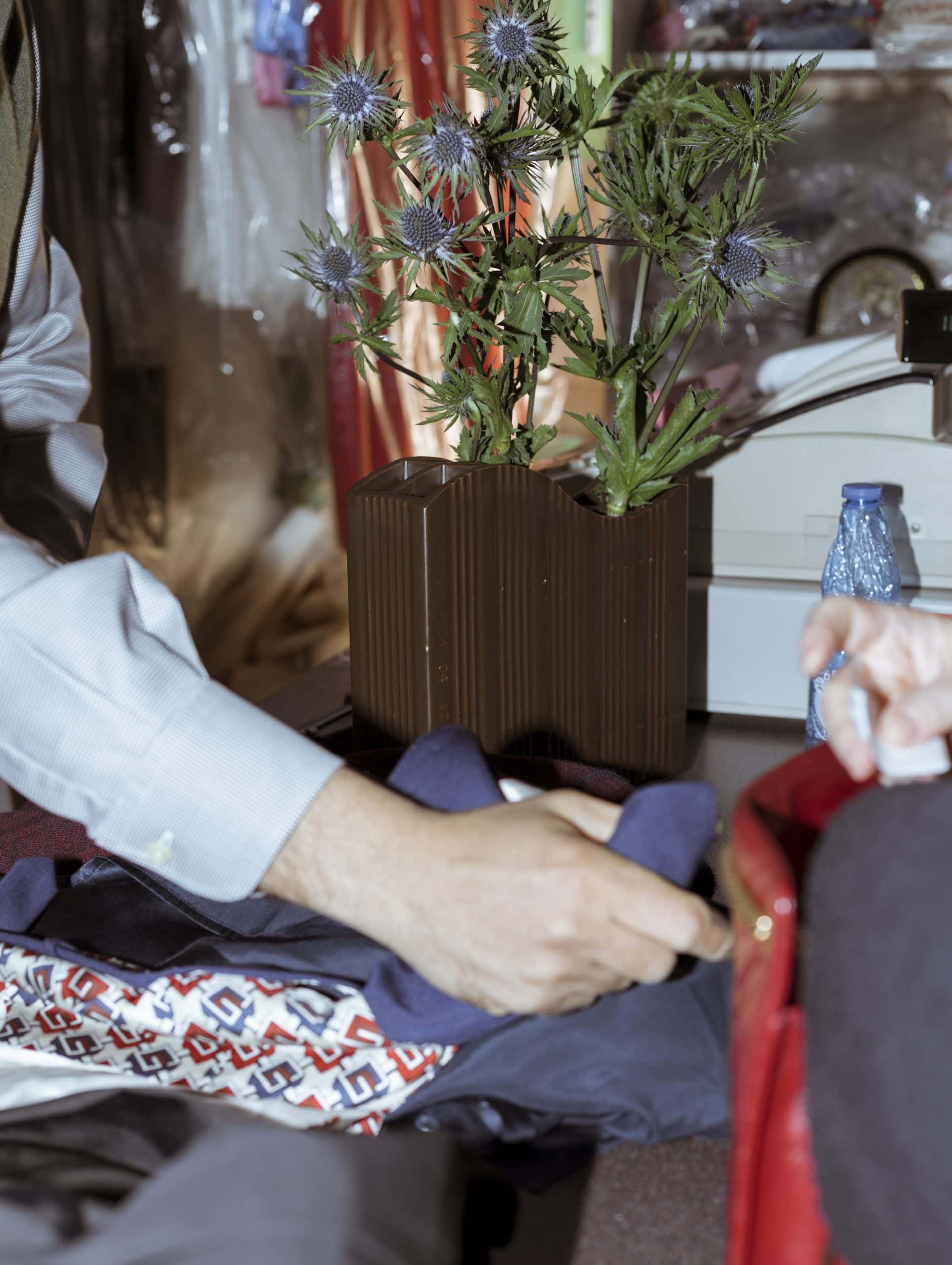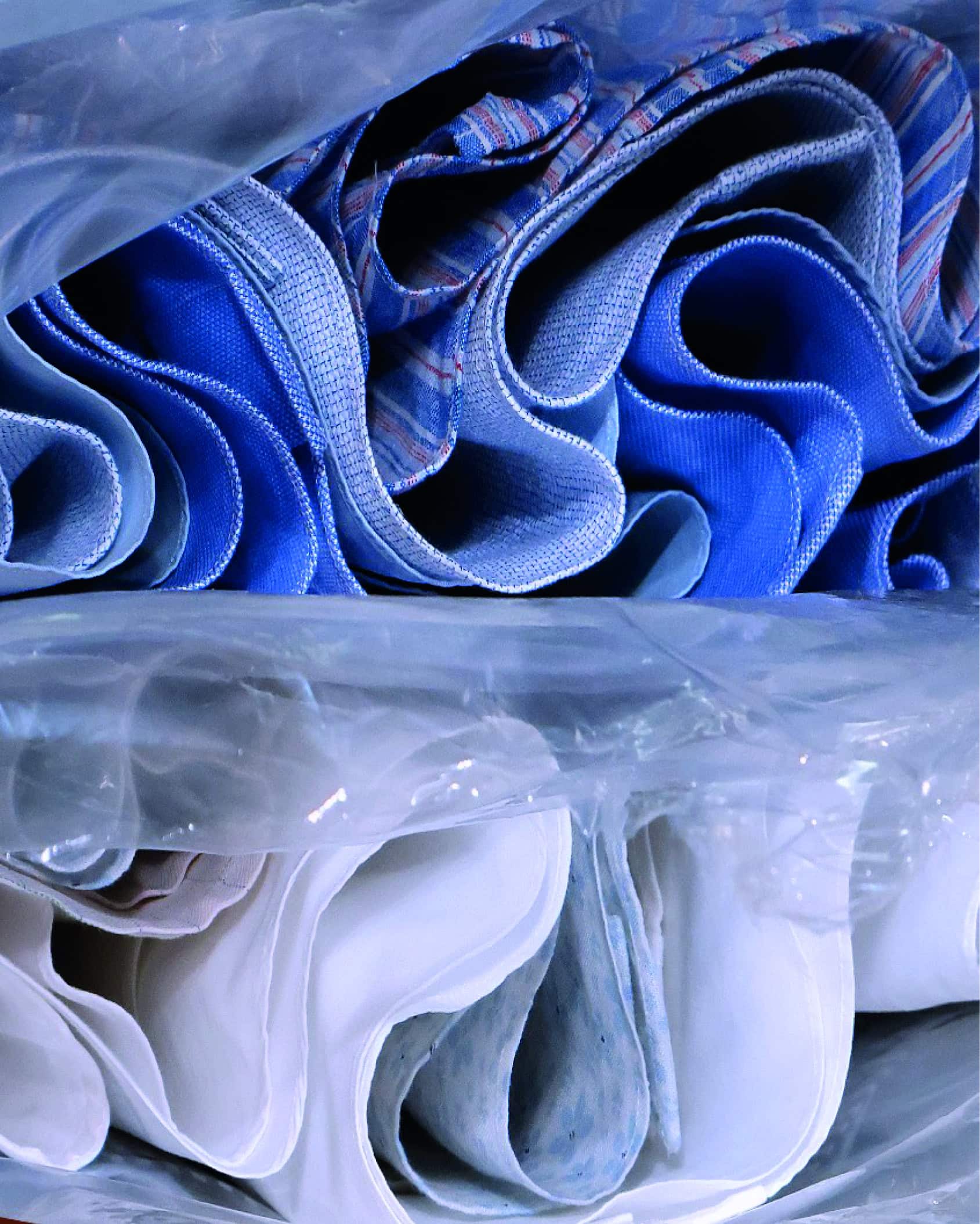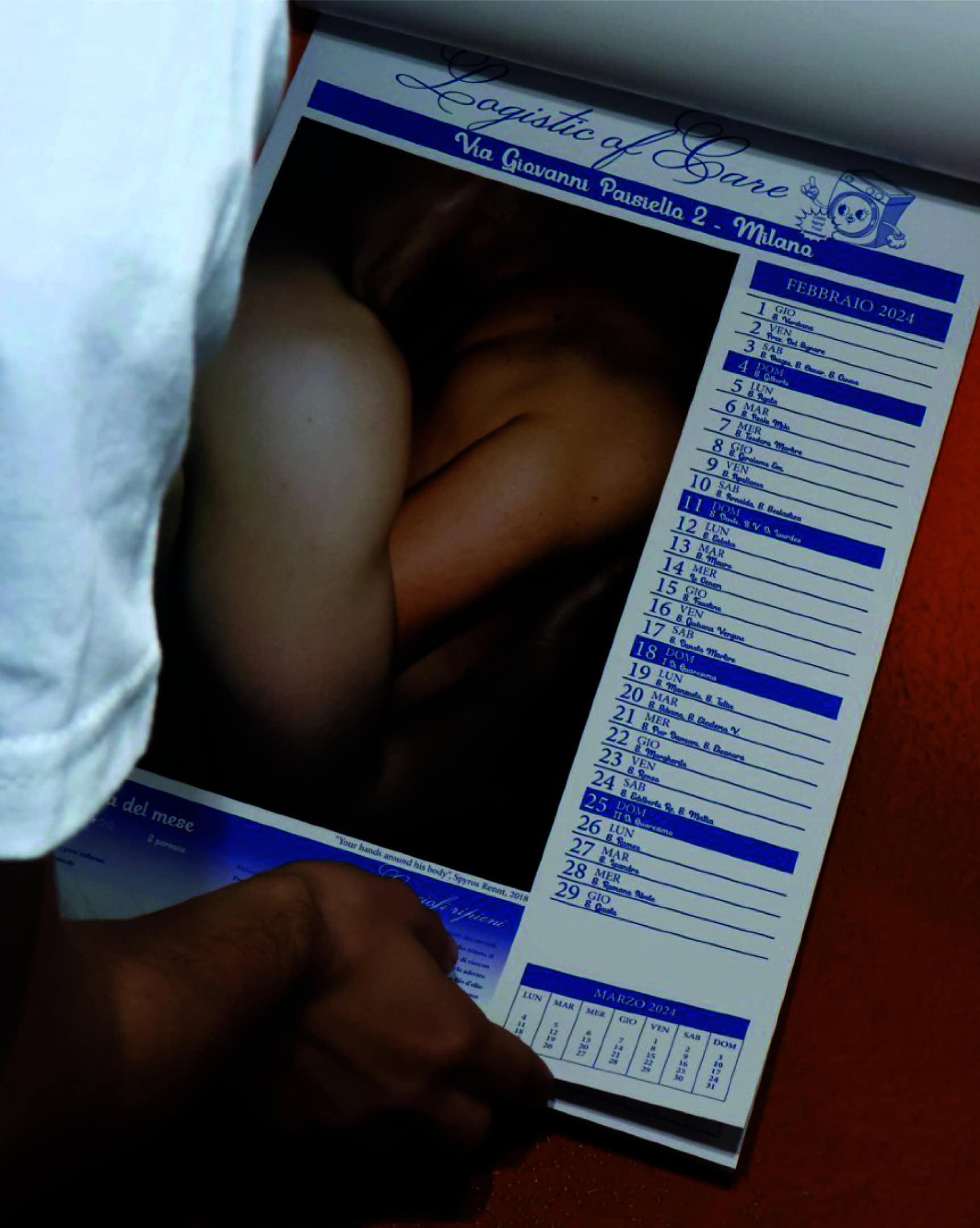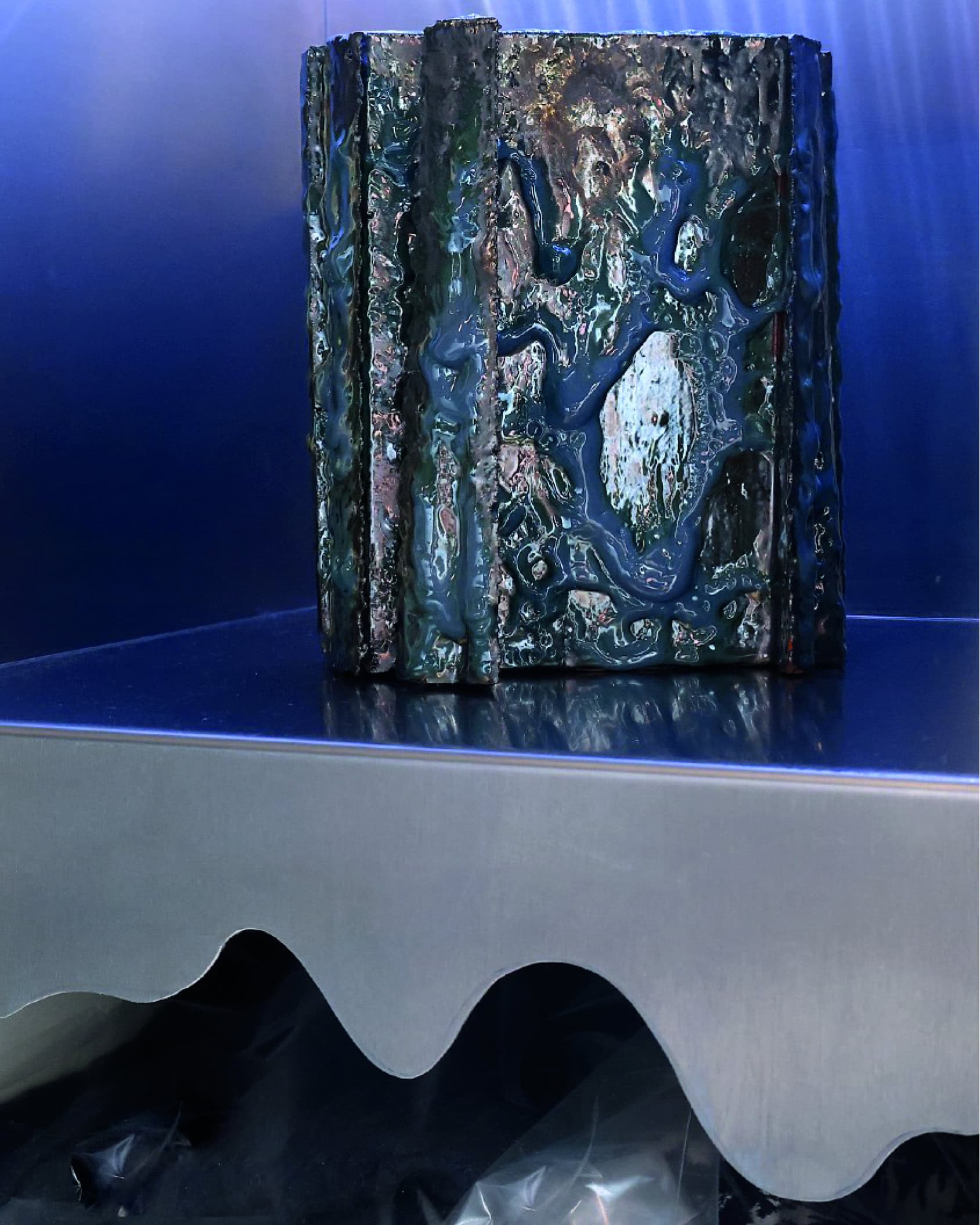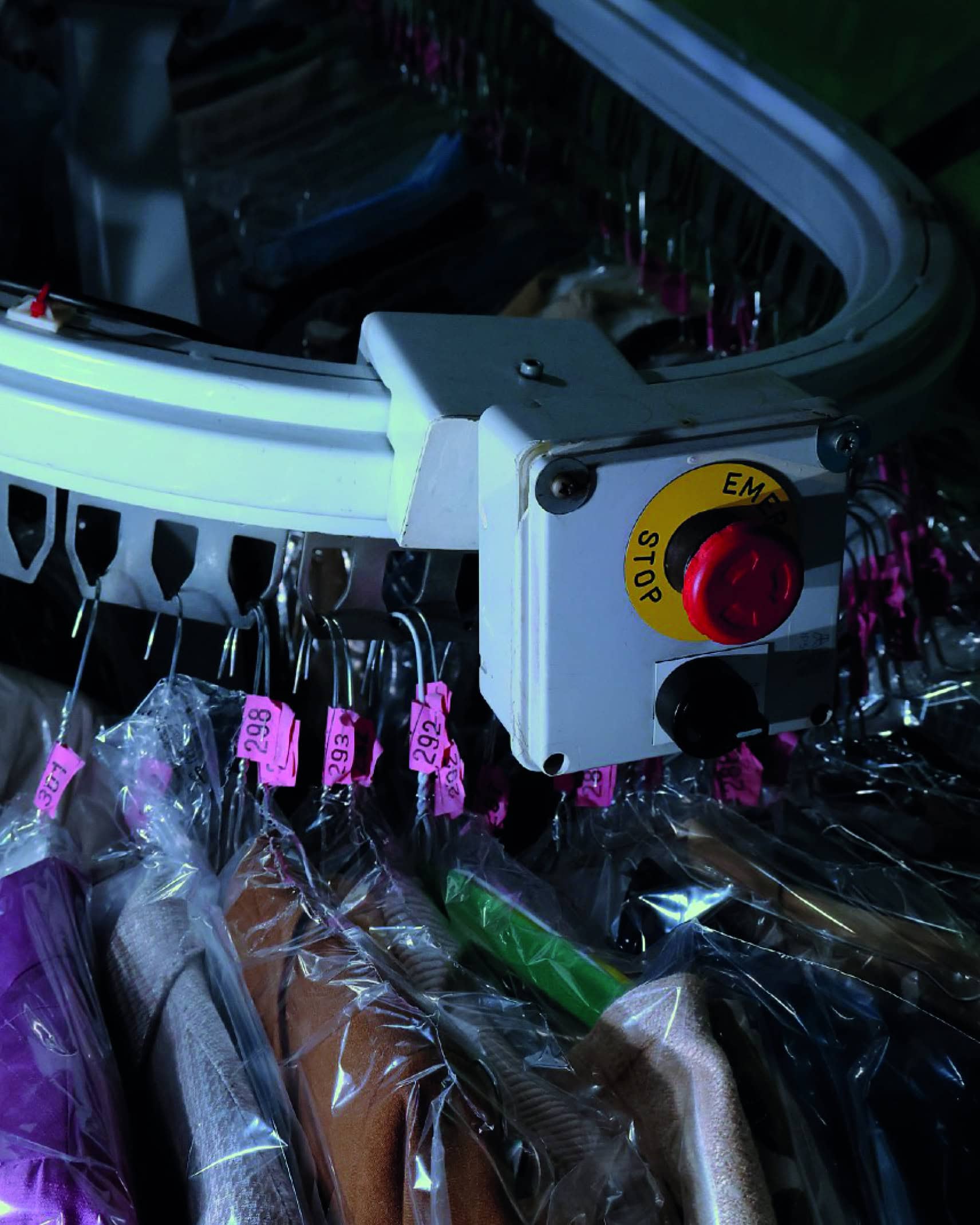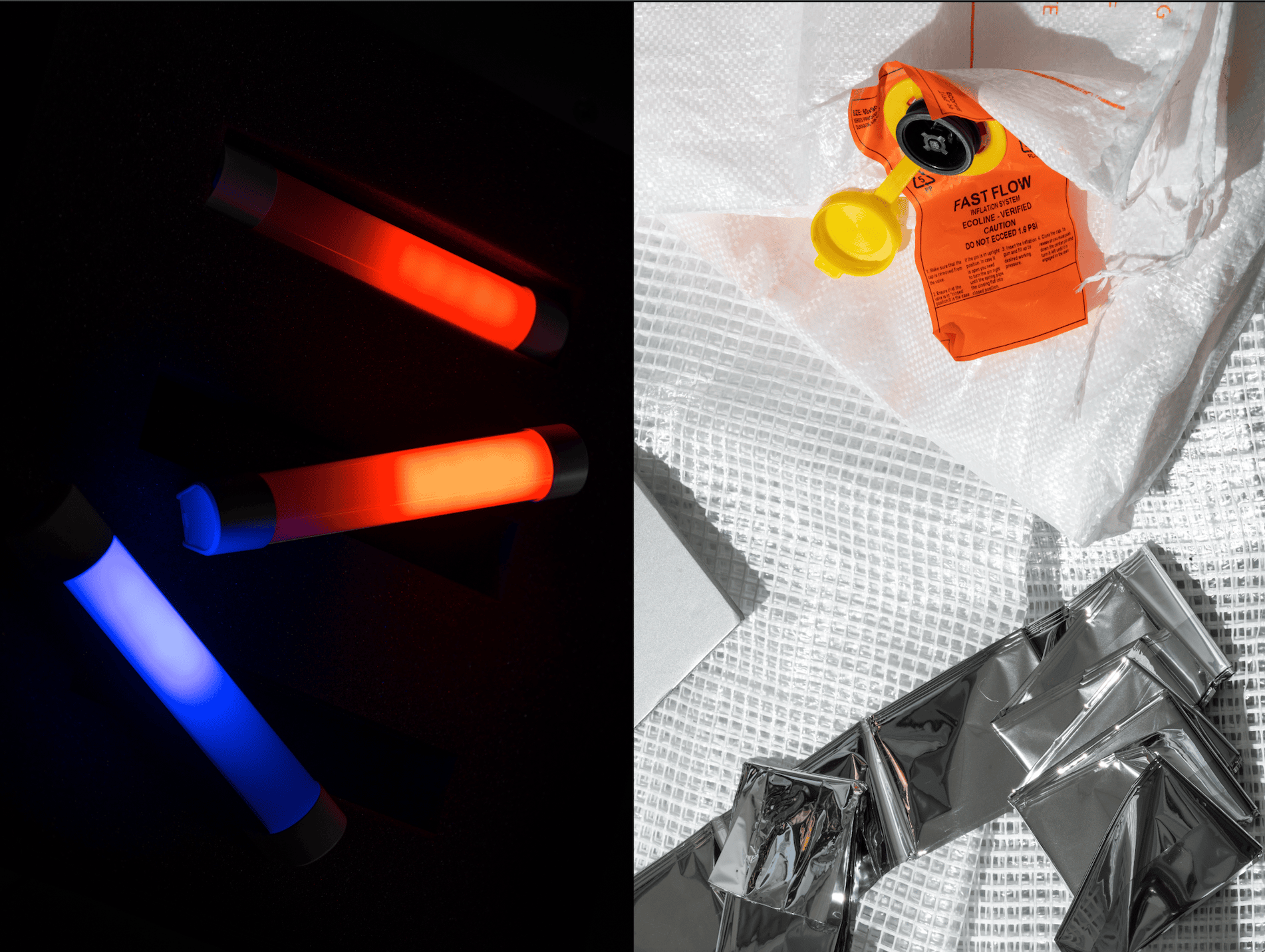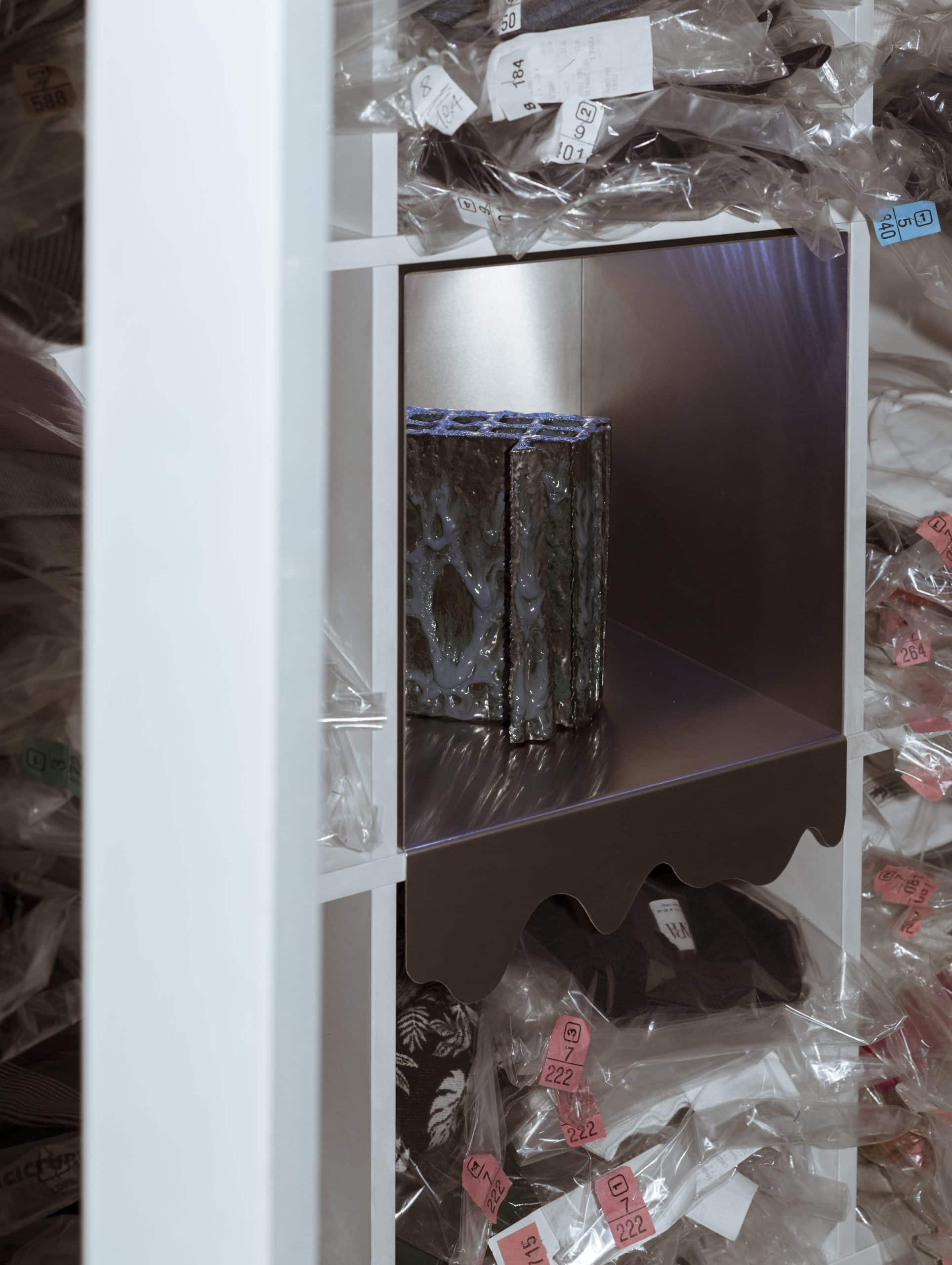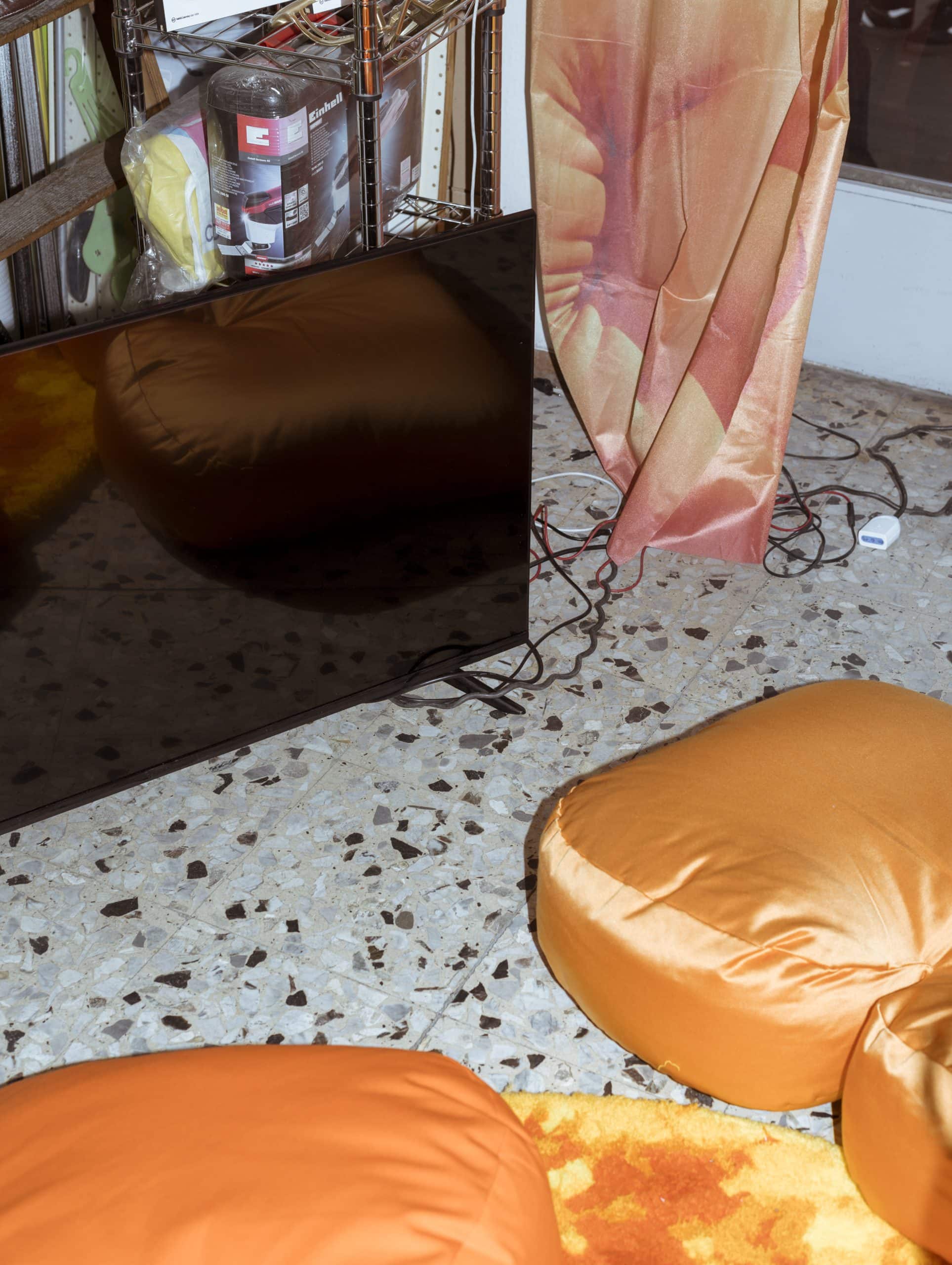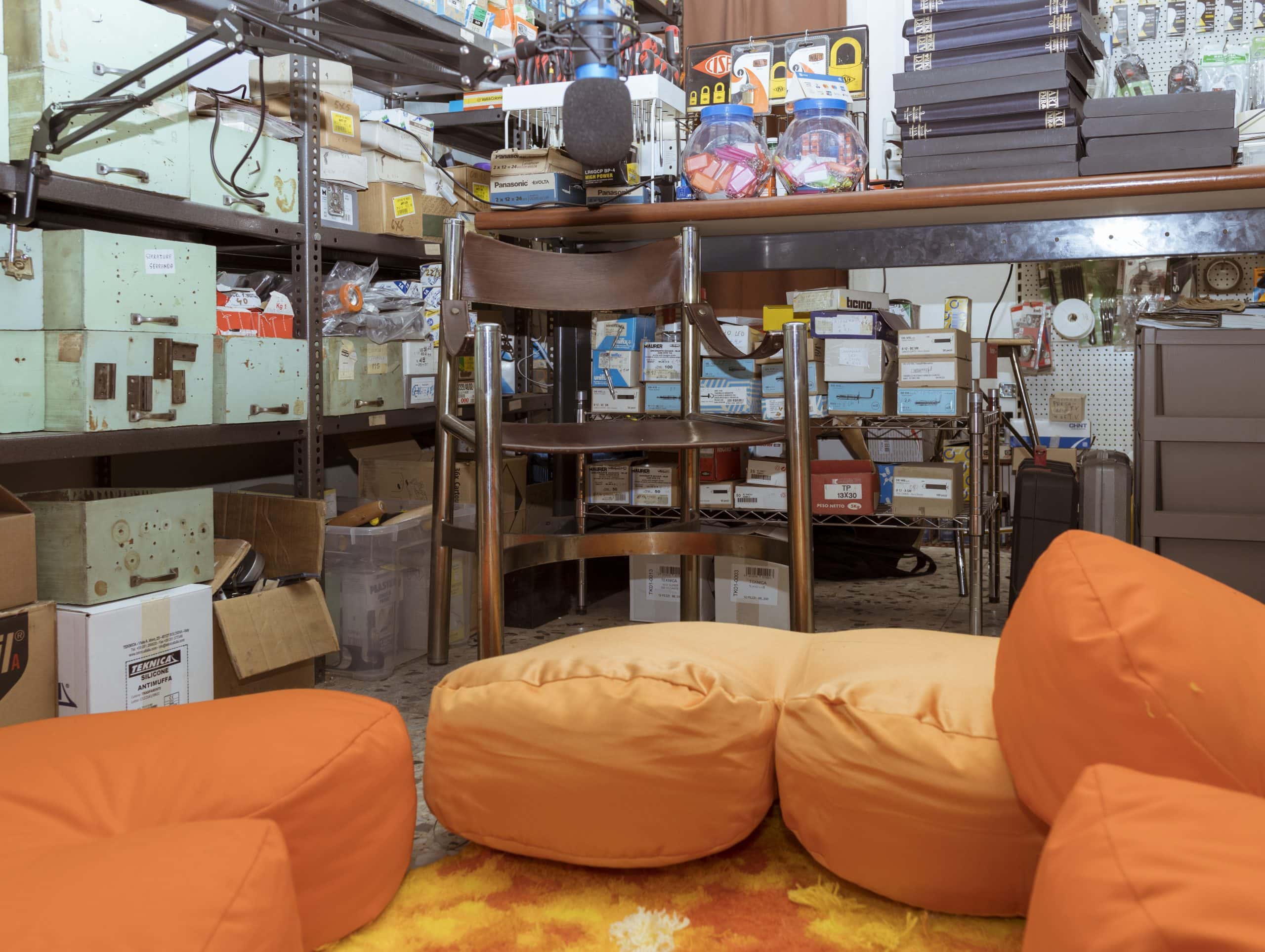What happens when the workplace in the field of independent cultural production no longer coincides with a physically determined space, but instead becomes the places where encounters with others, the subjects, and objects of the work itself, occur? Taking a four-stage route through the neighbourhoods of Città Studi and Lima in Milan, Spazio Martìn and Superattico hosted an event inviting the public to discover the projects developed by four working groups composed of students of Architecture at Milan Politecnico. The activation of these projects is seen as a collective exploration of an ongoing process that continuously blurs the physical boundaries that define the relationship between the urban environment, spaces of independent cultural production, and places of consumption.
Spazio Martìn and Superattico are independent, active spaces in the promotion of contemporary art practices. Each space is approximately 20 square meters in size. Despite their limited physical space, they expand to other places, both far and neighbouring, to engage in recreational activities. This expansion reveals that the impact of an independent space goes beyond its physical square footage; it inevitably involves interaction with the outside world. The appropriation of these spaces is facilitated by the independent nature of the commercial activities they engage in. This reveals another layer of these places, which exist on the margins and are independent from the neoliberal city of brands. This raises questions about the nature and definition of this margin. The high cost per square meter of rent in the Città Studi and Lima neighbourhoods restricts the boundaries of these independent spaces, whose goal is to connect with others. This leads to consider the urban geography that emerges from the need to expand these boundaries.
Independent cultural production thus overlaps with the activities of the unaware public of daily users of these venues by disseminating the work of the cultural incubators
even more broadly. A hardware store, a laundry, a delivery backpack, and a vending machine become spaces temporary exhibition spaces by overwriting everyday neighbourhood places with four profound reflections of contemporaries.
